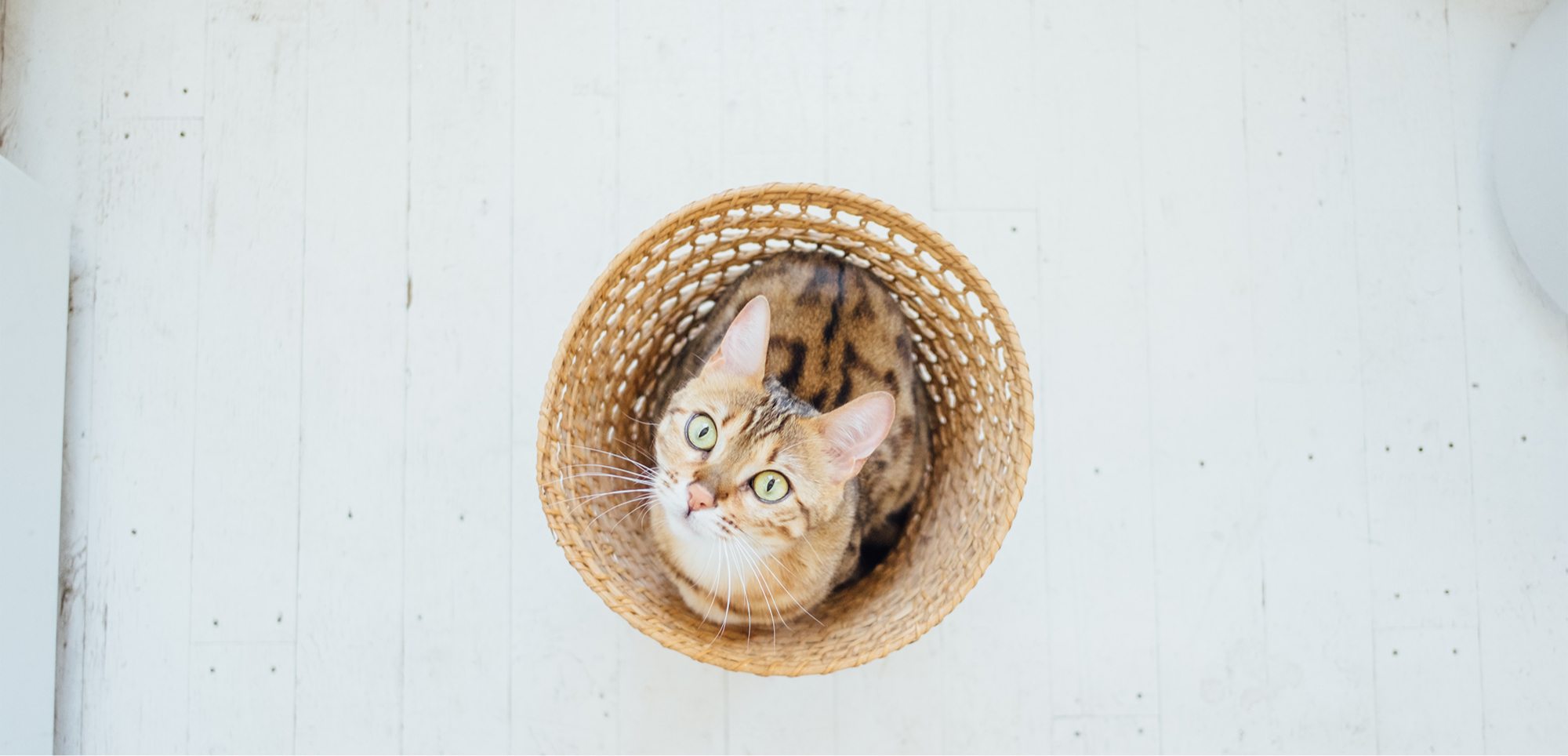Why a “Gold Standard” for livestock export by sea is a shameful deception

When the ban on livestock export by sea finally came into effect in April 2023 after decades of campaigning, people in New Zealand and around the world celebrated this significant milestone for animals. However, the Government and animal export industry representatives have been discussing bringing this cruelty back – this time under so-called ‘gold standard’ conditions. What does this mean, and why won’t it work?
What is this ‘gold standard’?
There has been a growing discussion in New Zealand, led by export companies, about implementing a ‘gold standard’ for livestock exports by sea in order to allow the banned trade to start up again.
A ‘gold standard’ refers to minimum standards to attempt to ensure animal welfare both onboard ships and at their destination. It’s not clear how these standards could possibly protect animal welfare, or how these new standards would be different from the past. It’s not even clear which Act these standards would be released under, or how, or if they would be enforced. We don’t know if there would be public consultation, or if the industry is drafting their own standards.
What we do know is that the companies who profit from the trade are using misleading language evoking a standard of excellence or perfection to try and excuse the inexcusable.
We already know that long-distance and complex transport compromises animal welfare significantly. There is no practical and achievable standard, let alone a ‘gold’ standard, for the export of large numbers of livestock by sea. If it were possible to appropriately regulate this industry, we question why it has not been achieved already, anywhere in the world.
Additional standards cannot address inherent cruelty
The transportation of livestock animals by sea is inherently linked with major animal welfare compromise. Scientific evidence shows that these compromises occur in regard to changes in feed, poor environmental conditions, stocking densities, lameness and leg issues, damaging ammonia concentrations due to a build-up of urine and excrement, disease, noise, motion sickness, changes in lighting pattern and heat stress. These environmental factors lead to animals feeling fearful, anxious, ill, tired, hungry and in pain.
It takes on average 19 days for a ship to complete the most common journey, from New Zealand to China for example, and each ship houses thousands of cattle packed into pens on hard surfaces. This journey involves crossing the equator and exposing the animals to rapidly changing heat and humidity.
One anonymous submitter on the live export ban, a veterinarian who worked on board a live export ship, noted that, despite the standards in place before the ban, they saw unacceptable compromises to animal welfare – especially around heat stress and lameness. They submitted the following haunting quote:
“Despite our best efforts to get all the cattle across the equator alive, two cattle died of heat stress on the journey. Although the two cattle written down on our trip report represent a low mortality rate attributable to heat stress, the pain and distress they and the surviving cattle experienced still haunts me [...] In my opinion heat stress is an inevitable and unacceptable aspect of transporting cattle by sea across the equator.”
Standards cannot prevent welfare compromise overseas
New Zealand cannot apply our animal welfare standards to another country.
Our own National Animal Welfare Advisory Committee, an expert committee who advise the Minister responsible for animal welfare, has already given advice on the topic of whether our cattle can even thrive in very different environments. They advised that “even where those in charge of the animals have the best intentions and receive ongoing support from New Zealand, fundamental differences in animal genetics, climate, farming systems, disease, parasite risk, and feed, will predispose towards significant animal welfare risks when sending our livestock overseas.” In their view, the only way to protect welfare is a total ban.
Standards will not save New Zealand’s reputation
When the ban was announced in 2021, the responsible Minister stated that “We must stay ahead of the curve in a world where animal welfare is under increasing scrutiny.” New Zealand relies on our primary sector exports, which is built on a hard-won reputation for ethical and sustainable production.
Banning the export of livestock by sea meant taking the opportunity to give support to our food and fibres sector to meet increasing consumer demand for products that are produced ethically and sustainably.
The Ministry for Primary Industries advised in a Regulatory Impact Statement that “the reputational risks of livestock export by sea are real, likely to result in ongoing negative reputational impacts, and cannot be eliminated completely.” They also noted that the direct value of New Zealand’s livestock exports was $261 million for the year ending December 2020, which is a fraction of the more than $56.2 billion of trade in animals and animal products which would be put at risk by restarting the trade.
Other countries are poised to end live export by sea, with Australia’s government implementing an election pledge to end the export of sheep at the moment, and the European Commission currently progressing a wide-ranging review of the long-distance transport of animals.
Our most recent Free Trade Agreement, with the European Union, was negotiated on the understanding that New Zealand producers are some of the most sustainable in the world and these credentials resonate well with EU consumers. As we boasted at the time, New Zealand and the EU share similar values and a commitment to high animal welfare standards.
Banning livestock export by sea was world-leading. Reinstating it is not. It would only result in gold standard embarrassment for New Zealand.

